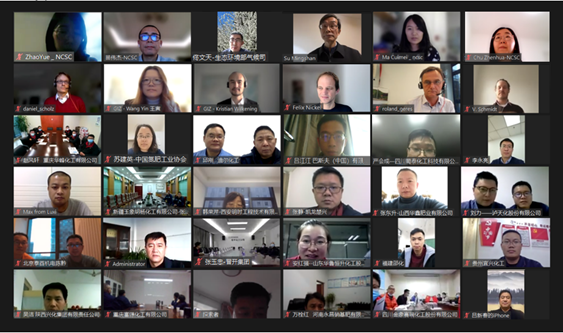
20 March 2017 – In recent years, climate protection and the transition to a low-carbon economy have become core objectives of the Chinese government. China pledged its mitigation targets internationally, namely the commitment to peak CO2 emissions by 2030 and to reduce its carbon intensity by 60 to 65%. Implementing an emissions trading scheme (ETS) presents one of the key measures taken by the Chinese government to achieve these targets. 2017 will mark a milestone as China will launch its nationwide ETS later this year. The implementation and operation of this new instrument will pose challenges to local officials, thus trainings at local and provincial level are needed.

The Sino-German project “Capacity Building for the Establishment of an Emissions Trading Scheme (ETS) in China” is organising a series of intensive training sessions on the implementation of ETS. The trainings are organized in collaboration with China’s “National Center for Climate Change Strategy and International Cooperation” (NCSC), which is conducting nationwide trainings for implementing ETS.
Experts and industry representatives from Europe and China are invited to participate in a five- day workshop from 20-24 March 2017 in Hangzhou. Furthermore another intensive training session will be held in Chengdu from March 27-31 2017. These two trainings are the 3rd and 4th intensive training sessions concerned with the upcoming national emissions trading scheme. Theprevious 1st and 2nd training sessions took place in Beijing and Guangzhou in 2016. The trainings were highly successful and gained experiences will be integrated in the upcoming sessions. (More on the training)

The trainings aim to strengthen the participants’ capacity to implement the upcoming national ETS in China. Therefore topics will include basics of an ETS, cap setting and allocation, MRV, trading of allowances and management of carbon assets as well as sectoral monitoring and reporting guidelines. The training is designed to target local officials and their supporting institutions.



